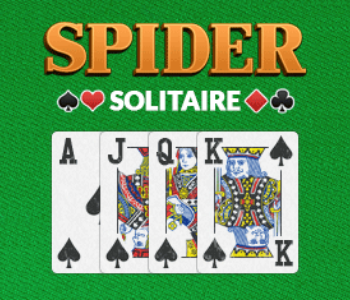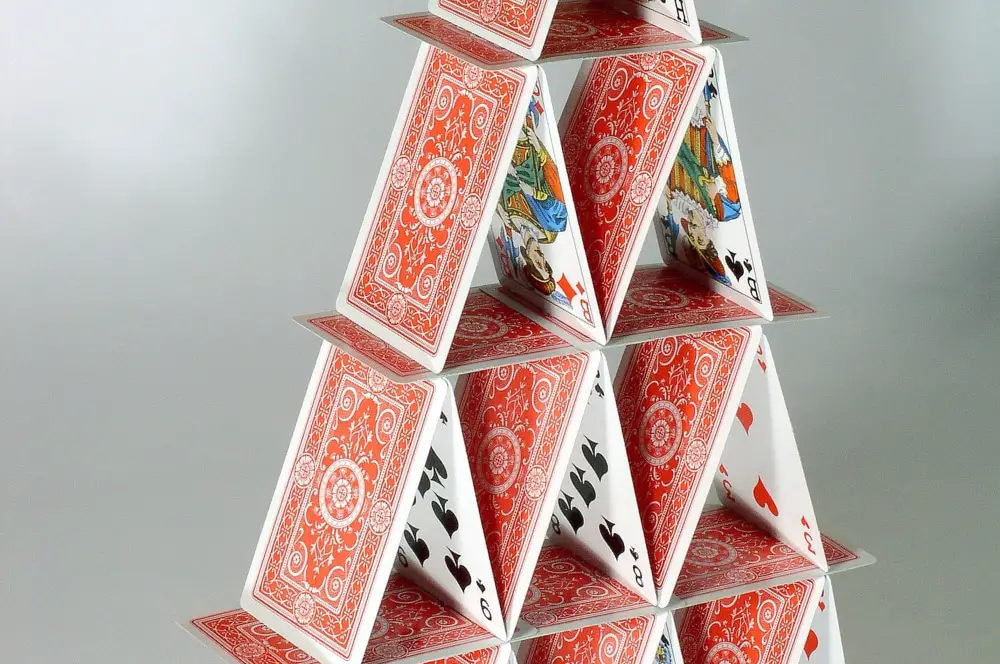Pyramid Solitaire Rules Tips
- Pyramid Card Game Rules
- How To Play Pyramid Solitaire
- Pyramid Solitaire Rules Tips &
- Online Pyramid Solitaire Rules
Categories:

 Popular, Thinker's, Rewarding, Pretty, Unusual
Popular, Thinker's, Rewarding, Pretty, UnusualPyramid Solitaire can often be referred to as Solitaire 13 or Pile of 28. The rules remain the same even if the names are slightly different. If you’ve spent a great deal of time playing this game you’ve probably wondered how much of it is strategy and how much of it is luck. Pyramid Solitaire is a free online game where the order you make your matches really, truly matters. Play this free solitaire card game today for free! ‘Pyramid Solitaire Saga’ Guide – Tips For Winning Without Spending Real Money Posted on July 15, 2014 July 15, 2014 by Shaun Musgrave TouchArcade Rating.
Pyramid, also called Solitaire 13, is a solitaire card game with very simple rules. It is easy to learn and takes just a few minutes to play each hand. It is perfect when you have just a few minutes to kill.
Variants:Also Known As: Pile of Twenty-Eight
Pyramid is one of the classic solitaires. It is simple to learn, makes pretty patterns on the table, and has surprising depths in its strategy. Its unusual scoring system rewards early wins.
Layout
Shuffle the deck and lay out 28 cards, face up, in a pyramid pattern: one card at the top, two in a row below it and overlapping it, three in the next row, and so on to the bottom row of seven cards. Each card except those in the bottom row should be overlapped by exactly two cards in the row below. Place the remaining cards in the stock, face down. Two other piles, the talon and the discard pile, begin the game empty.Play
Cards may be turned up from the stock, one at a time, and placed face up on the talon. Both the top card of the stock and the top card of the talon are available for play, as are all cards in the pyramid which are not overlapped by other cards. Pairs of available cards whose ranks add to 13 (for example Ace + Queen, or 5 + 8) may be picked up and discarded. Kings may be discarded singly.Solitaire Till Dawn will automatically discard matched pairs when you drop one card onto another. The exception is when you drop a card from the stock onto the talon. Even if the dropped card matches the top card of the talon, the pair will not be discarded. This is because it is often wise to leave such matched pairs in play until later in the game. To discard a matched pair from the top of the talon, click the Discard Pair button.
Dealing
When the stock has been emptied, you may redeal by picking up the talon and turning it over to refill the stock. You may redeal twice, for a total of three passes through the stock. (In Solitaire Till Dawn, the deck will be revealed under the empty stock. Click the deck to redeal.)Goal
The goal is to discard all cards.Scoring
Because it is hard to win a game of Pyramid, there is a scoring system that allows you to play for “par.” Play the game to the end; if you manage to discard all cards in the pyramid, note whether you did it during the first, second, or third pass through the stock. When the game is over (no more moves are possible, and you have used both your redeals), count the cards that were not discarded. Calculate your score by subtracting that number from:- 50, if you cleared the pyramid on the first pass; or
- 35, if you cleared the pyramid on the second pass; or
- 20, if you cleared the pyramid on the third pass; or
- 0, if you did not clear the pyramid.
A skilled player may win as many as one game in four, or achieve an average of five points per game over time.
Tips
Pyramid’s odd scoring system means that you can choose either to play for wins, or for high scores; it’s not always the same thing. Often you can get quite a high score while still falling a few cards short of a complete win, while playing for the win may cost you a higher score. Playing for high scores is easier and more often successful than playing for a complete win, and often leads to a win anyway.High scores are gotten by clearing the pyramid, and the sooner the better. To play for high scores, never discard from the stock or talon if you can discard from the pyramid instead. (Never? Well, hardly ever! Read on for an exception.)
Pyramid Card Game Rules
It’s worth taking a moment before beginning play to study the pyramid. You may find (for example) that there are three Jacks in the pyramid that cannot be uncovered until a 2, lower down, is discarded. This means that to clear the pyramid, you must match that 2 with the only remaining Jack. If you match the remaining Jack with a different 2 instead, you’ve doomed yourself. This is the exception to the always-match-in-the-pyramid rule. Although it’s usually smart to make matches in the pyramid as soon as possible, sometimes you must delay until you can make a different match to remove a blocker. (And yes, sometimes a 2 will block all four Jacks, and then you have no hope of clearing the pyramid. But that doesn’t happen often.)
It’s nearly always wise to delay discarding matchable pairs in the talon. You should wait until late in the game when you can be sure you won’t need to split the pair to unblock the pyramid. But sometimes you can safely discard such a pair early on, to burrow down to a recently-covered card in the talon. Don’t do it until you’re sure you won’t need the pair later on.
 Copyright 2002-2004 by Semicolon Software. All international rights reserved.
Copyright 2002-2004 by Semicolon Software. All international rights reserved. | A Patience game | |
| Family | Adding and pairing |
|---|---|
| Deck | Single 48 or 52-card |
| See also Glossary of solitaire | |
Pyramid is a patience or solitaire game where the object is to get all the cards from the pyramid to the foundation.[1]
The object of the game is to remove pairs of cards that add up to a total of 13, the equivalent of the highest valued card in the deck, from a pyramid arrangement of 28 cards.[2] When using the standard 52-card deck, Jacks are valued at 11, Queens at 12, and Kings at 13.[3] Under the strictest rules, the odds of winning are around 1 in 50.[4]
Rules[edit]
To set up the pyramid, one card is dealt face up at the top of the playing area, then two cards beneath and partially covering it, then three beneath them, and so on completing with a row of seven cards for a total of 28 cards dealt (or six rows of 21 cards). The remaining cards are placed to the side face down, and make up the Stock.
To play, pairs of uncovered cards can be removed to the foundation if their values total 13. Thus, kings can be removed immediately to the foundation. In order to be removed, cards must not be covered, so when an Ace rests on a Queen, that Queen can not be removed. Discarded cards are removed from play and cannot be re-matched with other cards.
You may draw cards from the stock one at a time and match them with any exposed card. If no match is made, the drawn stock card is played into a waste pile. The top card of the waste pile can be matched at any time with the next card drawn from the stock, or any uncovered card in the pyramid. Once the stock is exhausted and/or no more pairs can be made, the game ends. (A variation, Par Pyramid, allows the waste to be turned over twice and dealt as a new stock.)
To score, count the number of remaining face up cards in the pyramid. A perfect score is therefore zero, where all cards have been matched into the Foundation.
To be considered won, all cards (cards from the pyramid and cards from the stock) must be moved to the foundation.[5]

Variations[edit]
How To Play Pyramid Solitaire
Given the popularity of Pyramid, many different variants exist which alter aspects of the game, including the following:

Pyramid Solitaire Rules Tips &
- Relaxed Pyramid: To be considered won, only the cards from the pyramid must be moved to the foundation, so the game can be won with cards still left in the stock or waste.
- Tut's Tomb (also called King Tut): Dealing three cards at a time from the stock, repeating until no matches can be made; placing all cards totalling 13 in a stack. The King of Spades is laid down first, and represents King Tutankhamen atop a pyramid.[6]
- Apophis: Using three waste piles instead of one.
- Giza: In a version created by Michael Keller, after the pyramid is formed, the rest of the deck is dealt as three rows of eight cards (i.e. eight columns of three overlapping cards) with the exposed cards open to match the exposed cards from the pyramid or other exposed cards.[7]
- Triangle: The initial deal consists of an inverted pyramid.
- Redeals may be allowed.
- A reserve of seven (or six) cards is dealt below the pyramid. These cards can match each other exposed cards in the pyramid or from the stack.
- Playing with a cell, filled either from the tableau or from the waste upcard.
Several variations allow a card on the pyramid to be removed in combination with a card covered by the first, so long as neither card is covered by a card not in the combo. For example, in the case of an exposed ace resting on a queen, the queen can be removed with the ace if no other cards are covering them, but if (for example) a jack is also on the queen, the queen cannot be removed. Other versions require that both cards be fully exposed to begin with.
When playing with a 48-card Spanish deck the highest valued cards are the Kings at 12, and thus pairs of exposed cards can be removed if their values total 12.
A variation of the game was released on the Microsoft Entertainment Pack 2 in 1991, under the name Tut's Tomb. It has also been added to Microsoft Solitaire Collection for Windows 8, Windows 10, Android, and iOS. When the game is played through Microsoft Solitaire Collection, the cards in the Stock are face-up rather than face-down.
See also[edit]
References[edit]
- ^'Pyramid' (p.134) in Little Giant Encyclopedia of Games for One or Two, The Diagram Group, 1998. ISBN0-8069-0981-1
- ^'Pyramid' (p.207) in Hoyle's Rules of Games (3rd edition) by Philip D. Morehead (ed.), 2001. ISBN0-451-20484-0
- ^'Pyramid' in 50 Card Games: 50 Popular Card Games for Hours of Fun. Igloo Books. 2018. p. 9. ISBN9781784409852.
- ^Favorite Solitaire Card Games: Pyramid & Golf, PlayingCardDecks. September 9, 2020. Retrieved September 10, 2020.
- ^'Pyramid' (p.70-73) in The Little Book of Solitaire, Running Press, 2002. ISBN0-7624-1381-6
- ^'Tut's Tomb' (p.95) in 101 Great Card Games by David Galt, Publications International, 1999. ISBN0-7853-4044-0
- ^Keller, Michael (August 26, 2011). 'Giza -- a solitaire based on Pyramid -- by Michael Keller'. Solitaire Laboratory. Retrieved September 11, 2016.